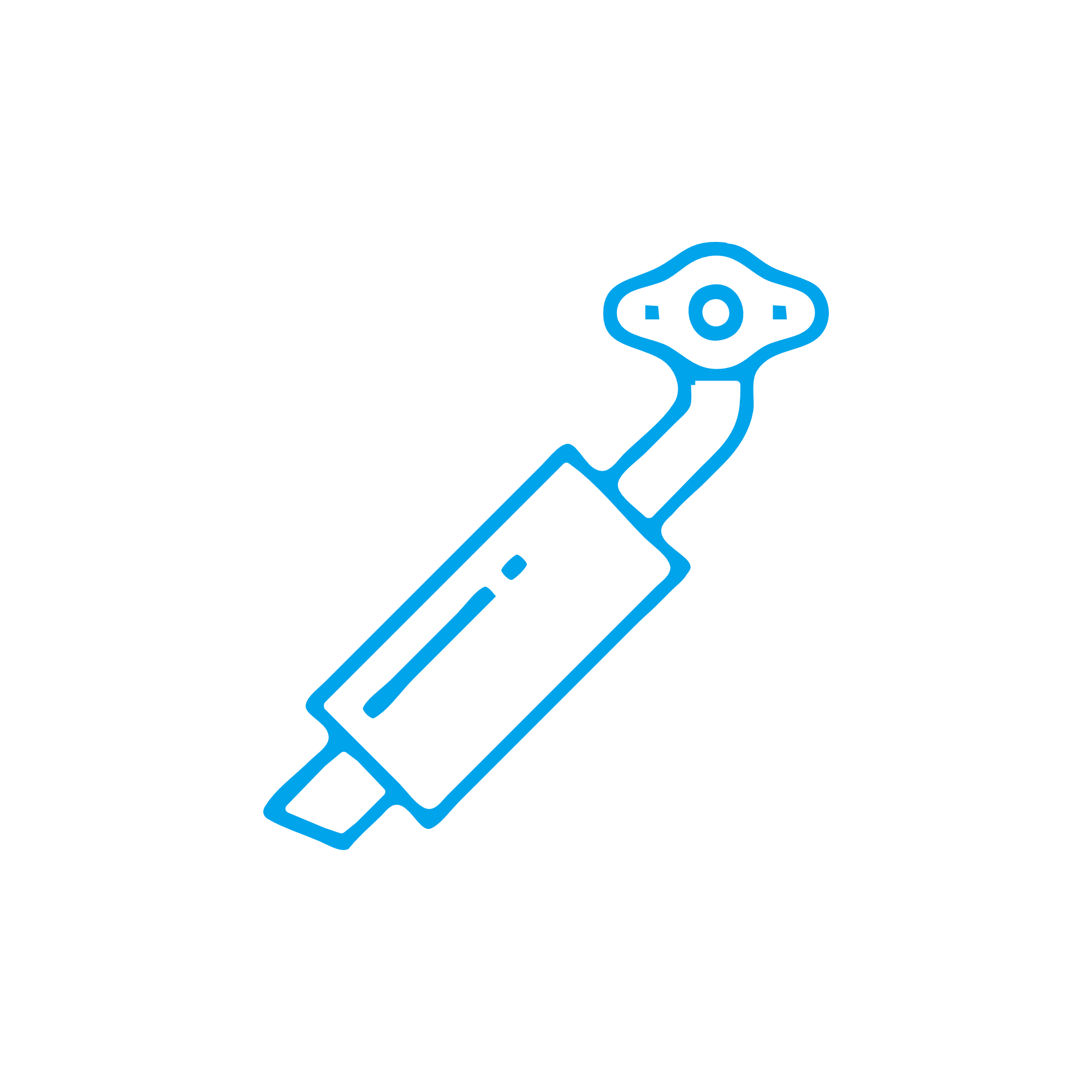CATALYST Exhaust System Solutions for Diesel and Gas Engines
The exhaust system is a critical assembly that manages how combustion gases leave the engine, controls emissions, reduces noise, and protects surrounding equipment and crew. In heavy-duty applications—whether on a vessel, in a power plant, or in industrial machinery—the exhaust path shapes engine performance and ensures compliance with environmental regulations. From manifolds and expansion bellows to silencers, sensors, and the CATALYST modules, each element must work together to maintain stable backpressure, proper thermal balance, and safe operation.
In marine and stationary energy contexts, the exhaust system connects the hot side of the engine to a suite of gas‑treatment devices and acoustic elements. Its design minimizes pressure losses while withstanding continuous high temperatures, vibration, and corrosive condensates. When specified and maintained correctly, it supports fuel efficiency, protects the turbocharger, lowers life‑cycle cost, and keeps emissions within class and regional limits.
Technical Function: How the Exhaust System and CATALYST Work in a Diesel Engine or Marine Engine
Exhaust flow begins at the manifold, moves through flexible couplings and expansion joints to accommodate thermal growth, drives the turbocharger turbine, and enters aftertreatment. The aftertreatment train may include a diesel oxidation CATALYST (DOC), diesel particulate filter (DPF), selective catalytic reduction (SCR) unit, and an ammonia slip CATALYST (ASC). In a marine engine, mixers and urea injection lances are placed upstream of the SCR to ensure uniform reagent distribution and optimal NOx conversion. Silencers and insulation complete the path, reducing noise and surface temperatures for operational safety.
The CATALYST stages convert harmful species into benign ones: the DOC oxidizes CO and unburned hydrocarbons, the DPF traps and regenerates particulate matter, and the SCR system reduces NOx to nitrogen and water. Properly engineered piping diameters, bends, and transitions preserve exhaust gas velocity and temperature, key factors for CATALYST light‑off and stable conversion efficiency. In a diesel engine, well‑controlled backpressure protects the turbocharger from overspeed and maintains correct air‑fuel ratios; in a gas engine, consistent exhaust dynamics help ensure lean‑burn stability and protect exhaust valves.
Sensor ports—EGT, differential pressure across the DPF, and NOx upstream/downstream of the SCR—enable automated control. Materials such as austenitic stainless steels and high‑temperature alloys combat hot corrosion and low‑temperature acid attack. Heat shielding and lagging prevent heat soak into adjacent equipment and reduce fire risk. For fleet operators, the specification of CATALYST OEM parts ensures dimensionally correct housings, precise cell densities, and proven washcoat formulations, all of which underpin conversion efficiency and service intervals.
- · Maintains optimal backpressure for turbocharger health and efficiency.
- · Integrates DOC/DPF/SCR CATALYST stages for emissions compliance.
- · Reduces noise through high‑performance silencers and acoustic design.
- · Uses corrosion‑resistant materials for long service life in harsh environments.
- · Incorporates expansion joints and flex elements to absorb thermal growth.
- · Provides sensor interfaces for precise control and diagnostics.
- · Protects personnel with insulation and controlled surface temperatures.
- · Modular architecture simplifies maintenance and component replacement.
Importance for Engine Operation: Reliability, Efficiency, and Safety
A well‑maintained exhaust system directly affects engine reliability and life. Excessive backpressure from soot loading, collapsed silencers, or undersized piping increases exhaust temperatures, stresses valves and turbochargers, and can raise fuel consumption. Leaks upstream of the turbine reduce energy available to the turbo, causing lower boost, higher smoke, and power loss. Cracked manifolds, failed bellows, or misaligned supports can propagate vibration into the engine and auxiliary systems.
Inconsistent temperatures or poor reagent mixing degrade CATALYST performance, risking non‑compliance with IMO Tier III, EPA, or local standards. Condensation and sulfuric acid formation at low loads can attack unprotected materials, leading to premature perforation. Onboard safety is compromised by hot spots and escaping gases if insulation, clamps, or gaskets are not in proper condition. Regular inspection and timely replacement of wear items—gaskets, flex elements, mounts, and CATALYST bricks—keep differential pressures within limits and protect core engine components.
Advantages of OEM Spare Parts Suitable for the Exhaust System
Choosing OEM spare parts suitable for the exhaust system safeguards the precise geometry and material specifications that the engine and aftertreatment strategy were designed around. This preserves conversion efficiency, stabilizes backpressure, and minimizes unplanned downtime. For CATALYST modules, correct cell density, substrate selection, and washcoat chemistry are critical to maintain light‑off performance and long‑term durability in both diesel and marine engine duty cycles.
Dimensionally accurate elbows, flanges, and bellows align perfectly with existing manifolds and turbo outlets, reducing installation time and the risk of leaks. Certified materials and traceable production ensure consistent corrosion resistance and thermal fatigue strength. With OEM parts, fleets can maintain predictable service intervals, optimize fuel consumption, and protect budgets through fewer repeat interventions.
For operators specifying a CATALYST for a marine engine or upgrading a CATALYST in a diesel engine, selecting OEM parts supports reliable dosing control, verified integration with sensors and control units, and documented performance over the intended load profile.
MOPA: Your Partner for OEM Exhaust System and CATALYST Components
MOPA is an experienced, reliable partner for OEM spare parts in the Exhaust system category. We supply CATALYST assemblies, manifolds, expansion joints, silencers, mixers, and the associated hardware for diesel and gas engines across marine, power generation, and industrial sectors. Customers rely on our speed in quotation and delivery, quality in product selection and documentation, and security in every transaction.
From port‑call coordination and consolidated shipments to technical cross‑referencing and material certificates, MOPA streamlines the procurement of OEM parts. Our team supports specification checks, identifies compatible CATALYST OEM parts, and helps maintain compliance and uptime across diverse engine platforms.
Conclusion
The exhaust system is essential to engine health, fuel efficiency, emissions performance, and onboard safety. Its CATALYST elements, piping, and acoustic components must be matched and maintained with precision. By choosing OEM spare parts suitable for the Exhaust system—especially for critical CATALYST stages—operators secure dependable performance, predictable costs, and long service life across diesel and gas engine fleets.


